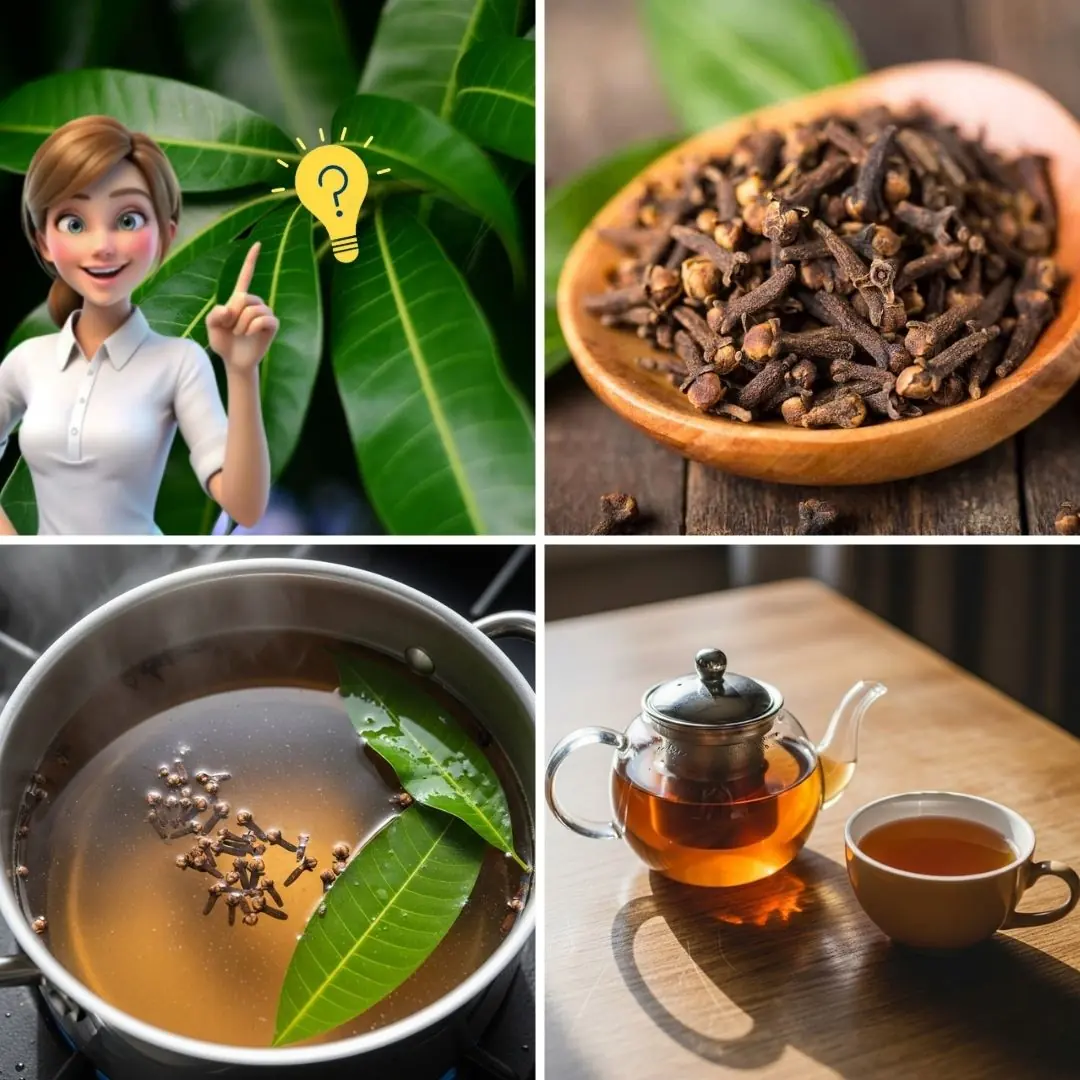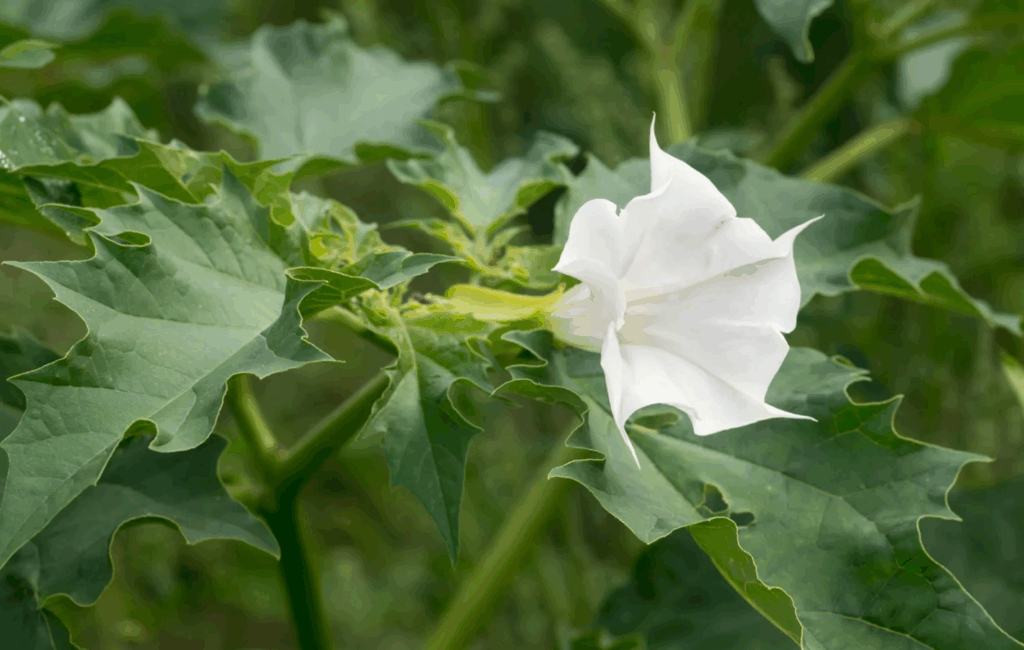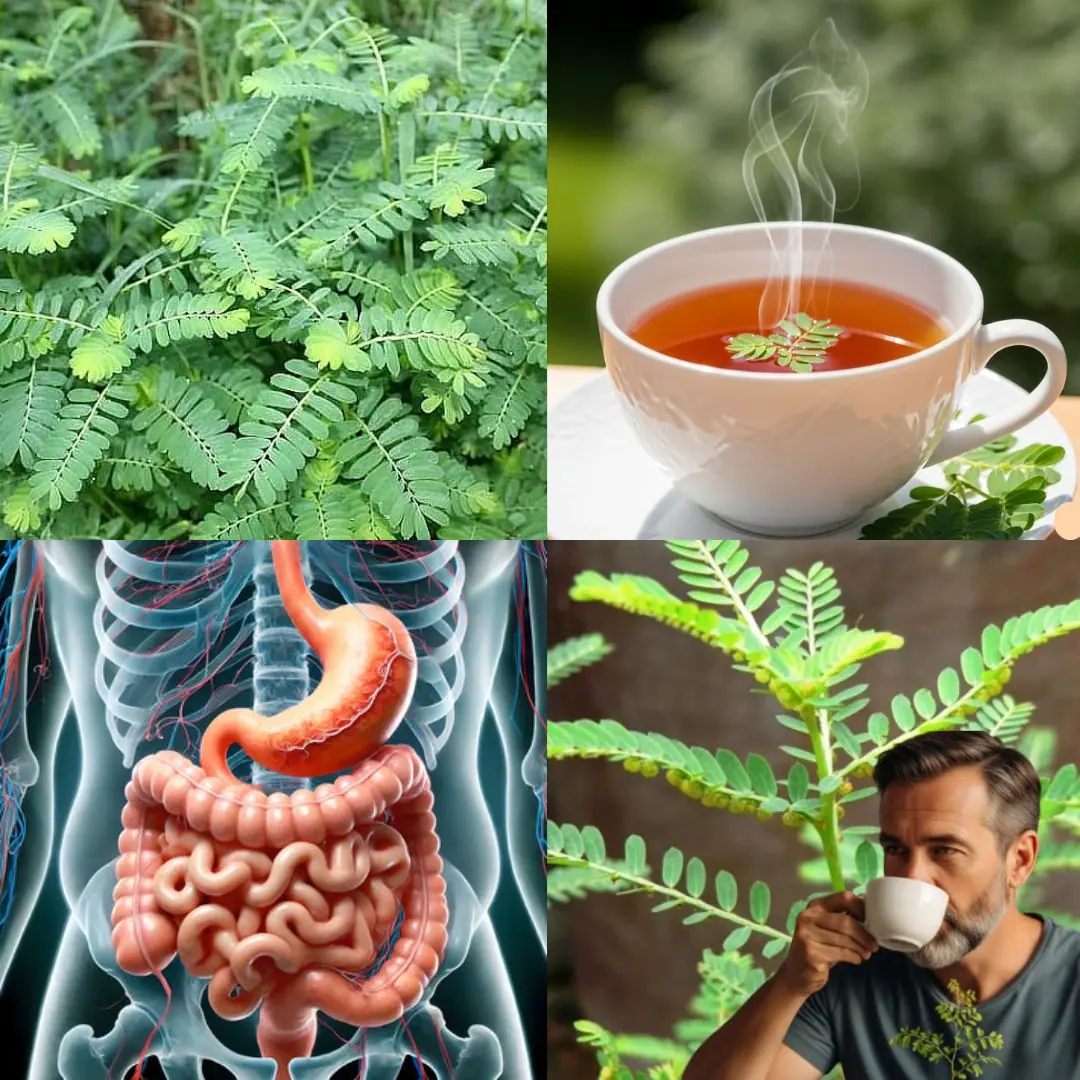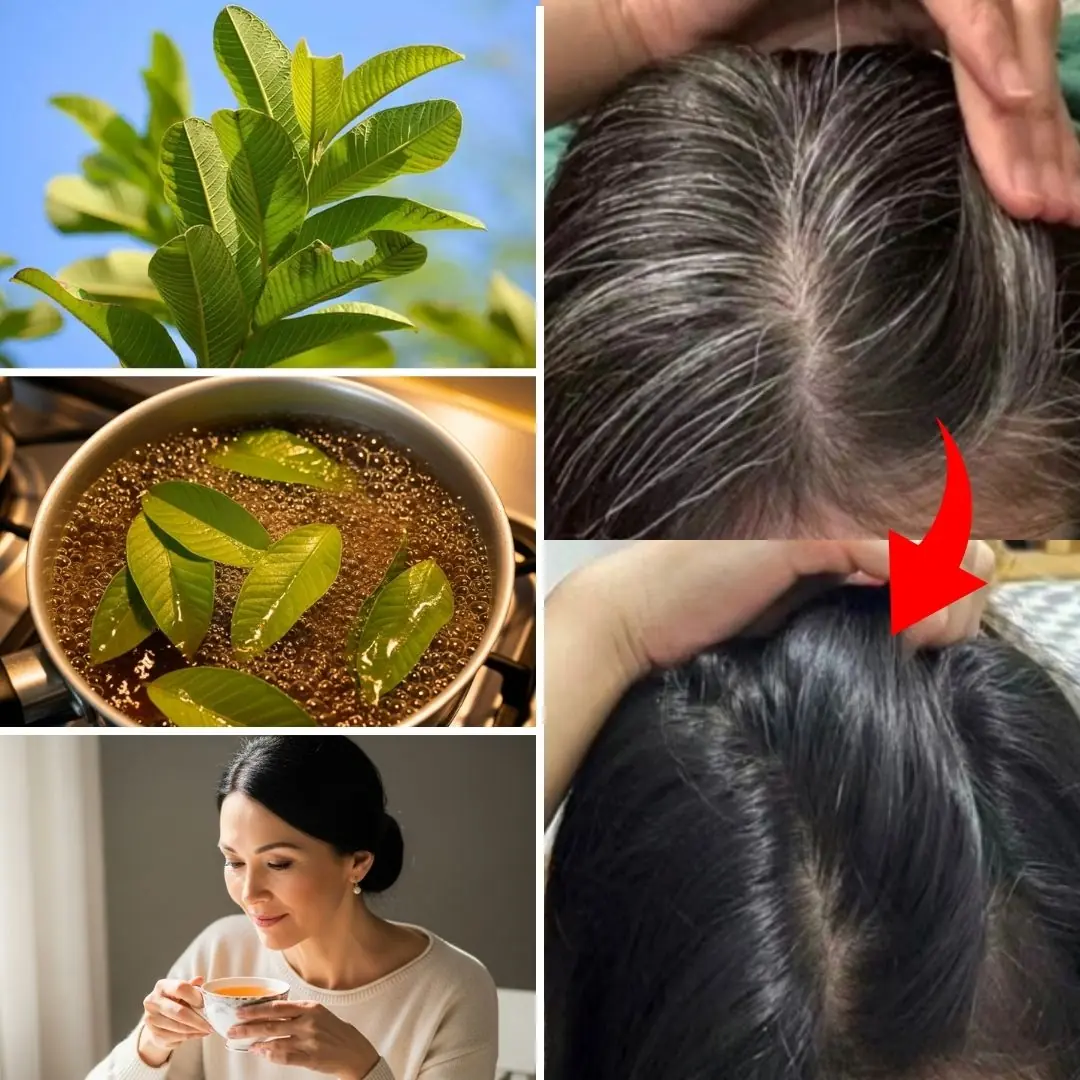
The Hidden Risks of Datura: A Beautiful Plant with Serious Health Dangers
Datura: The Beautiful but Dangerous Plant You Should Never Ignore
You may have noticed a striking plant with large, trumpet-shaped flowers growing in your garden, a nearby field, or even along the roadside—its beauty captivating, yet its danger hidden. This plant is Datura, also known as Jimson weed or devil’s trumpet. Though it might seem like a harmless ornamental addition to the landscape, Datura is, in fact, highly toxic and poses serious health risks to humans and animals alike.
In this article, we’ll dive deep into what makes Datura so dangerous, how to recognize it, the health risks involved, and how to safely maintain a toxin-free garden. Whether you’re a nature enthusiast, a gardener, or simply health-conscious, knowing about Datura is essential for your well-being and that of your family and pets.
What Is Datura and Why Is It Dangerous?
Datura is a genus of flowering plants in the nightshade family (Solanaceae), closely related to deadly nightshade and belladonna. It is known for its large, fragrant, trumpet-like flowers—typically white or purple—and its thorny, walnut-sized seed pods. Despite its ornamental appeal, Datura contains potent alkaloids such as atropine, scopolamine, and hyoscyamine, which are classified as tropane alkaloids. These compounds can severely disrupt the nervous system, even in small doses.
According to WebMD and other toxicology experts, all parts of the Datura plant—leaves, seeds, stems, roots, and flowers—are poisonous. Ingesting the plant, or in some cases simply touching it, can cause a wide range of harmful symptoms. Children, pets, and curious gardeners are particularly at risk, as they may not recognize the plant’s danger.
Key Characteristics of Datura
Knowing how to identify Datura can help prevent accidental exposure. Here are the key features to watch for:
-
Flowers: Large, trumpet- or funnel-shaped; colors range from white to purple. Often bloom in the evening or at night.
-
Seed Pods: Round, green when immature, covered in spikes; turn brown as they mature and dry out.
-
Leaves: Large, dark green, slightly wavy or lobed, with an unpleasant smell when crushed.
-
Growth Pattern: Bushy and sprawling, typically 2 to 5 feet tall.
-
Common Names: Jimson weed, devil’s trumpet, thorn apple, moonflower.
These identifying features can help you avoid unintentional contact. Even experienced gardeners sometimes mistake Datura for other night-blooming plants like angel’s trumpet or moonflower vines.
Understanding the Health Risks of Datura
Exposure to Datura can result in anticholinergic poisoning, a condition caused by interference with neurotransmitters in the brain and nervous system. Symptoms can begin within 30 minutes to an hour of contact or ingestion and may persist for up to 48–72 hours, depending on the dose and individual sensitivity.
Common Symptoms of Datura Poisoning
-
Mild Effects: Dry mouth, blurred vision, increased thirst, dizziness, and restlessness.
-
Moderate Effects: Rapid heart rate, flushed skin, hallucinations, confusion, and elevated body temperature.
-
Severe Effects: Seizures, extreme agitation, respiratory distress, unconsciousness, and in some cases, death.
A 2022 study published in Clinical Toxicology highlighted a rise in cases involving children who accidentally ingested seeds or flowers, as well as teens and adults using it recreationally for its hallucinogenic properties—often with dangerous consequences.
Action Tip: If you suspect someone has been exposed to Datura, call Poison Control immediately at 1-800-222-1222 or seek emergency medical attention.
How to Identify Datura in Your Surroundings
Datura grows in a variety of habitats across the United States, including rural fields, gardens, vacant lots, and roadsides. It thrives in warm, sunny, and disturbed soils, making it a common but underrecognized hazard.
Identification Tips Recap
-
Look for large, fragrant, night-blooming trumpet flowers.
-
Watch for round, thorn-covered seed pods.
-
Note the plant’s height (2–5 ft) and bushy appearance.
-
Crush a leaf (carefully, wearing gloves) to detect its distinct, unpleasant odor.
Pro Tip: If you find an unfamiliar plant in your yard, use a plant identification app or contact your local agricultural extension office for expert advice.
Safe Gardening Practices to Protect Against Datura
If Datura is found growing on your property, it should be handled with extreme caution. While some may choose to cultivate it as an ornamental, health authorities like the CDC advise against it—particularly for households with pets, young children, or elderly members.
Best Safety Practices
-
Wear Gloves: Always wear thick gardening gloves when removing Datura to prevent skin irritation or accidental sap contact with eyes.
-
Dispose Carefully: Seal the entire plant in a heavy-duty garbage bag. Never compost it, as seeds can survive and regrow.
-
Create Boundaries: If you decide to keep Datura, plant it in a restricted-access area and label it clearly.
-
Sanitize Tools and Hands: After handling, thoroughly wash tools, gloves, and any exposed skin or clothing.
-
Monitor Play Areas: Keep gardens and play zones free from toxic plants to ensure the safety of children and pets.
Healthier, Non-Toxic Alternatives to Plant Instead of Datura
You don’t need to sacrifice beauty for safety. There are many visually striking, non-toxic plants that offer similar colors, height, and fragrance without the health hazards.
Safe, Family-Friendly Alternatives
-
Lavender: Lovely purple blooms with a calming aroma; supports stress relief.
-
Marigolds: Bright yellow and orange flowers that repel pests naturally.
-
Sunflowers: Tall, sun-loving plants that attract pollinators and brighten spaces.
-
Mint: Fragrant, easy to grow, and great for teas and recipes.
-
Bee Balm (Monarda): Colorful and pollinator-friendly, with aromatic leaves.
Garden Tip: Visit a local nursery for expert recommendations on native, non-toxic species that thrive in your region’s climate and soil.
Stay Informed: Knowledge Is Your First Line of Defense
Staying up to date on toxic plants in your region is an important part of maintaining a safe home and garden. A 2021 review in Phytochemistry, Pharmacology, and Toxicology of Datura Species emphasized that public education can significantly reduce accidental poisonings.
How to Stay Educated
-
Know Your Region’s Flora: Use resources like the ASPCA’s toxic plant list or state extension services.
-
Teach Your Family: Make sure children understand not to touch or taste unfamiliar plants.
-
Check Plant Labels: When buying plants, confirm whether they are pet- and child-safe.
-
Stay Updated: Follow reputable health organizations and gardening communities for ongoing guidance.
Final Thoughts: Beauty Isn’t Always Safe
Datura’s stunning trumpet-shaped flowers might look like a dream—but behind that beauty lies a very real threat. By learning to identify this plant, understanding its dangers, and using safer gardening practices, you can protect your loved ones and cultivate a healthy, vibrant outdoor space.
Choosing safe, attractive alternatives and staying informed ensures that your garden is not only beautiful but also a haven of health and safety. With a little awareness and preparation, nature’s beauty can be enjoyed without unnecessary risks.
Disclaimer: This article is for informational purposes only and does not replace medical or professional advice. Consult your healthcare provider for concerns about exposure to toxic plants.
News in the same category


The Stonebreaker Plant (Phyllanthus niruri): Nature’s Natural Remedy for Liver and Kidney Health

Can Guava Leaves Help with Gray Hair and Hair Growth? Exploring Natural Solutions

The Powerful Trio of Lemon, Apple, and Ginger: A Simple Blend That May Support Skin, Hair, and Vision

Drink Cloves and Cinnamon Before Bed? The Results May Surprise You

Hair Thinning? Try This Unique Combo to Support Hair Growth Naturally

The Ultimate Drink for Women’s Wellness: Watermelon Juice with Carrot, Beetroot, and Ginger

THIS HEALS YOUR THYROID IN JUST 3 DAYS! | Barbara O'Neill’s Clove Soak Formula

8 Herbal Teas That Lower Blood Pressure and Unclog Arteries (Doctors Never Say This!)

15 Powerful Foods to Relieve Acid Reflux Fast – The Ultimate Anti-Acidity Diet Guide

Health Benefits of Cayenne Pepper: 20 Surprising Wellness Secrets

DIY Brow Boosting Serum: Your 5-Minute Secret to Fuller, Bolder Brows

Olive Oil, Lemon, and Honey: Natural Benefits for Health and Wellness

Morning Drinks to Support Healthy Aging and Wellness

Say Goodbye to Cancer and Vision Problems with This Powerful Homemade Remedy

The Smoothie Every Woman Over 30 Needs: Almond, Banana, and Avocado Smoothie with Honey 🍌🥑🍯

15 Natural Ingredients That Turn Gray Hair Black Again — Even at 65! Promote Fast Hair Growth Naturally

Discover the Health Benefits of Avocado and Parsley: A Nutrient-Packed Duo

Lost Muscle After 60? These Surprising Tips Help You Get It Back Naturally
News Post

Experts Say 3 Major U.S. Regions Face Risk of Tsunamis and Flooding

Heartbreaking Voice Message From Pilot Before Crash Goes Viral — Here’s What He Said

Air India crash simulation reveals how sole survivor escaped death

Mango Leaf and Clove Tea: A Gentle Herbal Support for Daily Wellness

The Stonebreaker Plant (Phyllanthus niruri): Nature’s Natural Remedy for Liver and Kidney Health

Can Guava Leaves Help with Gray Hair and Hair Growth? Exploring Natural Solutions

Increased Screen Exposure In Kids Linked to Anxiety, Aggression, and Self-Esteem Issues, Study Says

Researcher Studies Over 200 Kids—Here’s What the Most Emotionally Intelligent Ones Had in Common

Scientists Bioengineer Tooth That ‘Grows’ in Place Like a Natural One And Feels Real

Why There’s a Growing Trend of Straight Men Dating Trans Women

9-year-old dies after dental procedure

Air India pilot’s terrifying last words have been made public

Why You Should Avoid Seat 11A on Your Next Flight – Here’s What You Didn’t Know

Man Releases Chilling Never Seen Before Footage of Twin Tower Collapse

Masterful Painting Of Jesus By 8-Year-Old—Says She Saw The True Face Of Jesus

The Powerful Trio of Lemon, Apple, and Ginger: A Simple Blend That May Support Skin, Hair, and Vision

Drink Cloves and Cinnamon Before Bed? The Results May Surprise You

Hair Thinning? Try This Unique Combo to Support Hair Growth Naturally

The Ultimate Drink for Women’s Wellness: Watermelon Juice with Carrot, Beetroot, and Ginger
